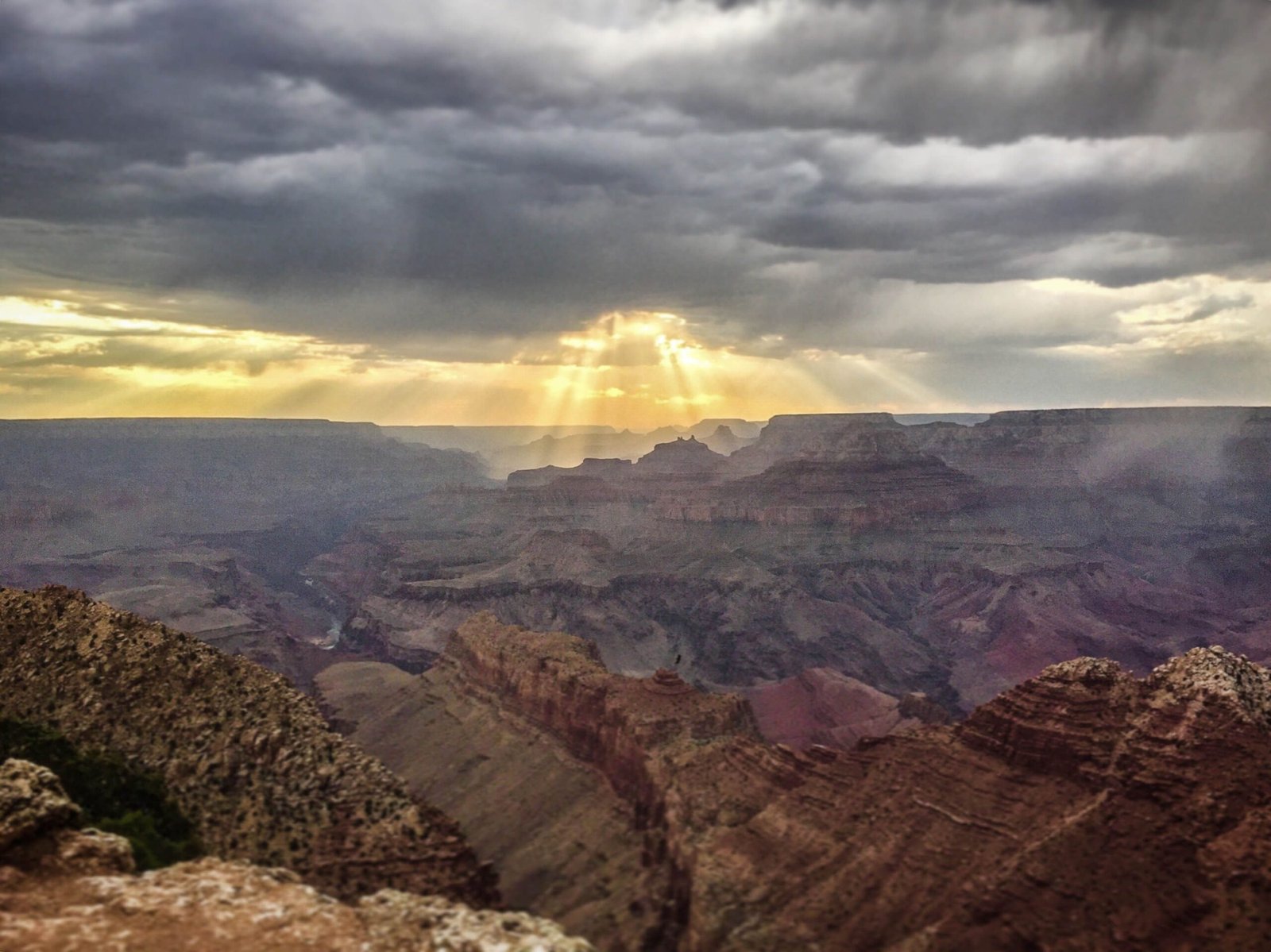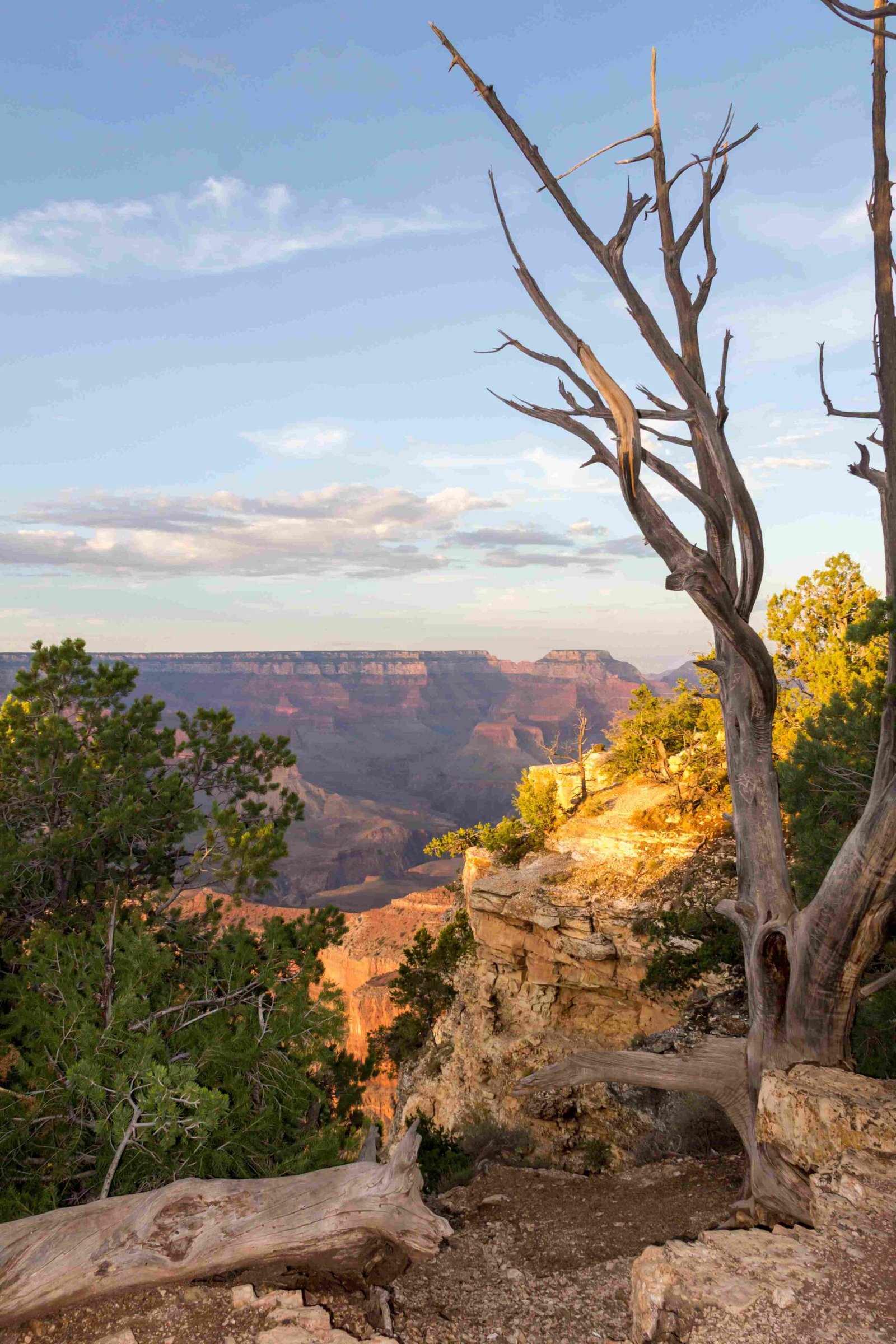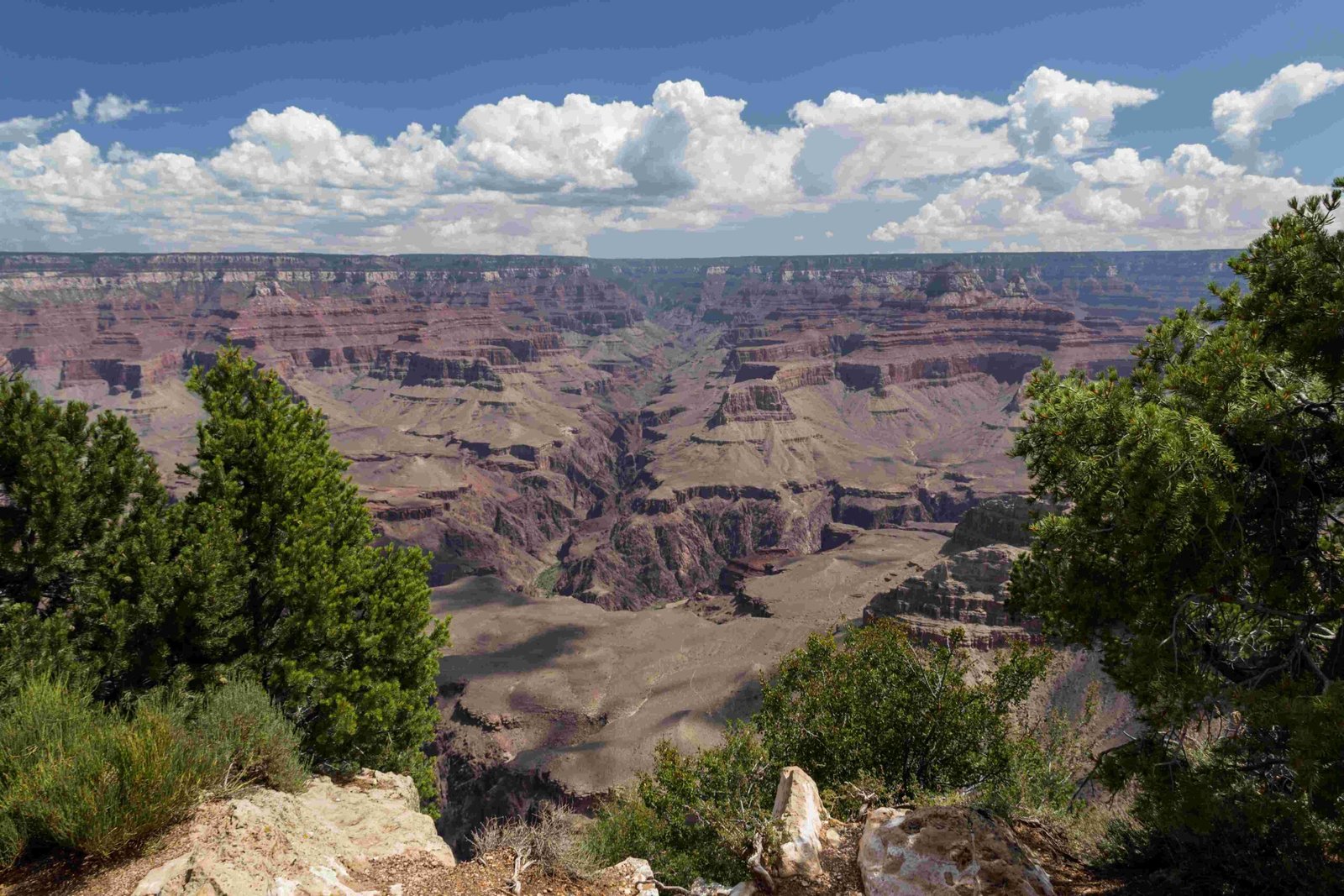Navigating the challenging terrain of the Grand Canyon requires strategic nutrition. Backpackers must select lightweight, nutrient-dense foods that provide sustained energy, minimal weight, and maximum caloric efficiency. This comprehensive guide reveals expert-recommended meal strategies, specific food selections, and practical tips to fuel your epic Grand Canyon adventure.
Why Does Food Selection Matter in Grand Canyon?

Backpacking through the Grand Canyon demands precise nutritional planning. The extreme terrain, elevation changes, and intense physical exertion require carefully chosen foods that:
- Provide high energy density
- Remain lightweight
- Offer easy preparation
- Maintain nutritional balance
What Calories Do Hikers Need?
| Hiking Intensity | Calories Required |
|---|---|
| Moderate Terrain | 2500-3000 calories/day |
| Challenging Terrain | 3000-3500 calories/day |
| Extreme Conditions | 3500-4000 calories/day |
How to Select Optimal Backpacking Foods?

Protein-Packed Options
Protein is crucial for muscle recovery and sustained energy. Consider these lightweight protein sources:
- Jerky Varieties
- Beef jerky
- Turkey jerky
- Salmon jerky
-
Vegan protein jerky
-
Compact Protein Sources
- Tuna packets
- Salmon pouches
- Peanut butter sachets
- Protein bars
What Carbohydrate Choices Work Best?
Carbohydrates provide quick energy and are essential for high-intensity hiking. Recommended options include:
- Instant oatmeal packets
- Dried fruit
- Energy bars
- Tortillas
- Granola
How to Manage Hydration and Electrolytes?
Proper hydration is critical in the Grand Canyon’s challenging environment:
- Electrolyte powder packets
- Nuun tablets
- Gatorade mix
- Coconut water powder
Meal Planning Strategies
Breakfast Recommendations
- Mountain House Breakfast Skillet
- Instant oatmeal with nuts
- Granola with powdered milk
- Protein-enriched breakfast bars
Lunch and Dinner Solutions
- No-Cook Meal Options
- Tortillas with nut butter
- Tuna/salmon packets
-
Pre-made wraps
-
Dehydrated Meal Choices
- Mountain House meals
- Good To-Go backcountry meals
- Freeze-dried camping meals
Food Storage and Safety Tips
Wildlife Protection
- Use bear-resistant containers
- Store food away from sleeping area
- Use airtight, odor-proof bags
Waste Management
- Pack out all food waste
- Use biodegradable packaging
- Follow Leave No Trace principles
Cost Considerations
| Food Category | Average Cost per Day |
|---|---|
| Freeze-dried Meals | $15-25 |
| Snacks and Bars | $10-15 |
| Protein Sources | $8-12 |
| Electrolyte Supplements | $5-8 |
Final Recommendations
- Prioritize calorie-to-weight ratio
- Test meals before the trip
- Pack variety to prevent flavor fatigue
- Consider individual dietary needs
Pro Tip: Always pack 1-2 extra days of emergency food in case of unexpected challenges.
References:
– Ultralight Backpacking Food Prep
– Backpacking Nutrition Guide
– Meal Planning Resources

